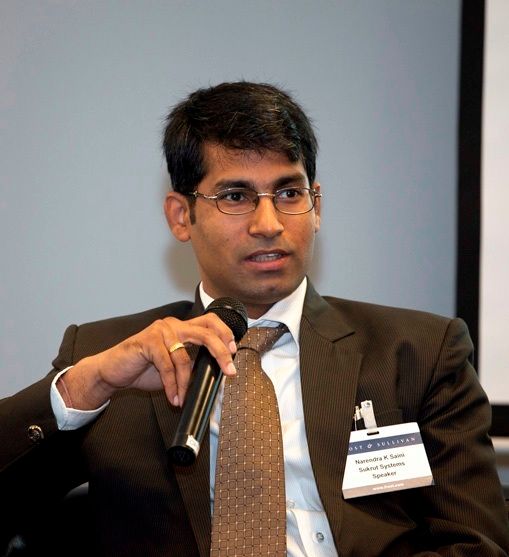 |
| Narendra Saini, TEC |
Ubiquitous communication networks--including Internet access networks--always have multiple revenue segments, including consumers, small businesses and enterprises. Also, profit margins and revenue potential differ by geography, as well.
Most fixed and mobile operators earn a disproportionate share of revenue and profit from a relatively small number of locations and cell sites, for example.
The top 10 percent of total sites contribute over 30 percent of total revenue, whereas the bottom 50 percent of sites contribute under 10 percent of revenue, a Vodafone report says.
Of the top sites, just 10 percent are in rural areas.
Data revenues also represent a much greater proportion of revenue at the highest earning cell sites than at the lowest earning sites; the top 1,000 sites contribute 37 percent of total data revenues, whereas the bottom 2,000 sites contribute less than one percent of total data revenues.
That illustrates the importance of lower-cost infrastructure to supply communications and Internet access in rural areas. Also key: revenues and profits earned from some customers and areas that effectively subsidize users in other areas.
As always is the case for ubiquitous networks, more-profitable customers and portions of the network subsidize the less-profitable customers and portions of the network. Analysis of individual cell site revenues and costs suggests that around 30 percent of Vodacom’s cell sites would not be profitable on a standalone basis, for example.
That also suggests the importance of potentially big new revenue sources such as Internet of Things. Mobile and other network platforms will require the profit such services provider to business and enterprise customers to generate the surplus that allows more support of rural access facilities that will not generate much net revenue or profit.


